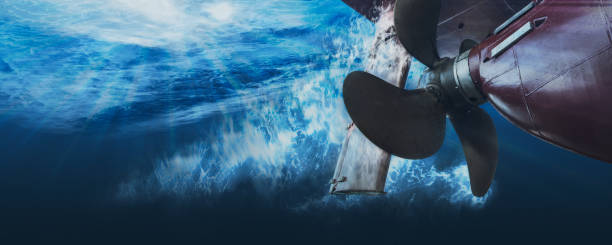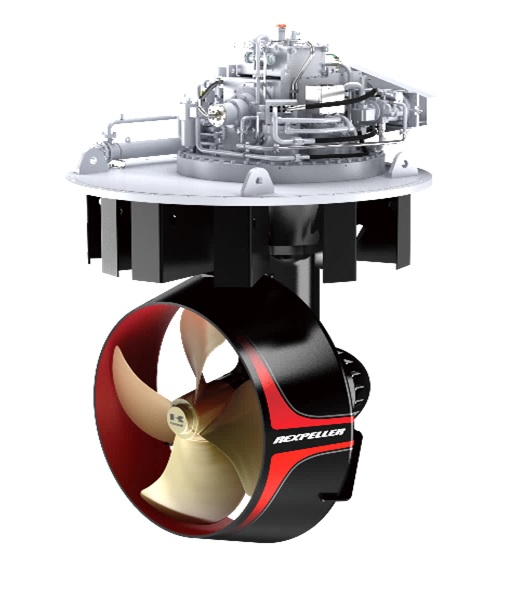#56 Navigating the Waves: Unveiling the Marvels of Marine Ship Propellers
Introduction:
In the vast expanse of the world's oceans, where waves dance and currents weave intricate patterns, marine ship propellers emerge as unsung heroes, propelling vessels through the vast blue abyss. In this blog post, we'll dive into the fascinating world of marine ship propellers – the unsung engineering marvels that make maritime transportation possible.
The Heart of Seafaring:
Ship propellers serve as the beating heart of seafaring vessels, transforming mechanical power into forward thrust. Unlike their land-bound counterparts, marine propellers must contend with the challenges of water resistance, varying depths, and unpredictable currents. These essential components are a testament to human ingenuity, ensuring the efficient and reliable movement of ships across the globe.
Design and Functionality:
The design of marine ship propellers is a delicate balance between efficiency and durability. Propeller blades are meticulously crafted to optimize hydrodynamic performance, ensuring maximum thrust while minimizing energy consumption. The pitch, diameter, and number of blades are crucial factors that engineers carefully consider during the design phase, tailoring each propeller to the specific needs of the vessel it will power.
Types of Marine Ship Propellers:
Fixed-Pitch Propellers: These propellers have a constant blade angle, making them simple and reliable. While cost-effective, they may not be as efficient in varying operating conditions.
Controllable-Pitch Propellers (CPP): Offering the ability to adjust the blade angle during operation, CPPs provide greater flexibility. Ships equipped with CPPs can optimize their performance in different scenarios, such as navigating through tight spaces or maintaining fuel efficiency during long voyages.
Ducted Propellers: Encased in a cylindrical shroud, ducted propellers enhance efficiency by directing water flow and reducing water turbulence. This design is particularly beneficial for vessels operating in restricted waterways.
Azimuth Thrusters: These propellers can rotate 360 degrees, providing exceptional maneuverability. Commonly used in large vessels and offshore platforms, azimuth thrusters excel in situations where precise control is essential.
Challenges and Innovations:
The harsh marine environment presents numerous challenges for ship propellers, including corrosion, cavitation, and biofouling. Engineers continually push the boundaries of innovation to develop materials and coatings that withstand these challenges, ensuring the longevity and performance of marine propulsion systems.
Environmental Considerations:
As the world places increasing importance on environmental sustainability, the maritime industry is exploring eco-friendly propulsion technologies. From biofuels to electric propulsion systems, the quest for greener alternatives is shaping the future of marine transportation. These advancements aim to reduce emissions, minimize ecological impact, and contribute to a more sustainable global shipping industry.
Conclusion:
In the vast tapestry of maritime exploration, marine ship propellers remain the unsung heroes, driving vessels across oceans, connecting distant shores, and powering global trade. As technology advances and environmental consciousness grows, the evolution of ship propulsion systems will continue, ensuring that the seas are navigated with efficiency, reliability, and a commitment to a sustainable future.







Comments
Post a Comment